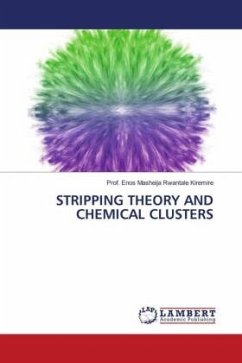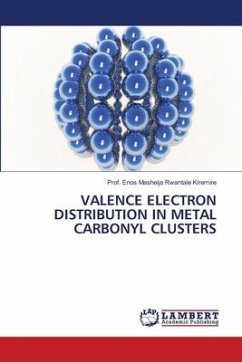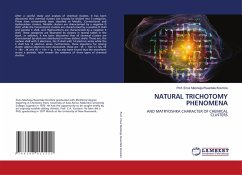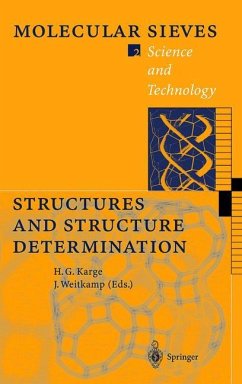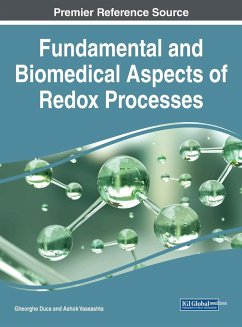
THE NEW ORDER OF CHEMICAL CLUSTERS: 2N/6N
Versandkostenfrei!
Versandfertig in 6-10 Tagen
64,99 €
inkl. MwSt.

PAYBACK Punkte
32 °P sammeln!
This book provides a new approach to the categorization of chemical clusters using string theory. String theory is concerned with putting together all chemical clusters with the same string index (Nx). For example, all chemical clusters with a single skeletal element belong to the string index 1(N1), clusters with two skeletal elements belong to string index 2(N2) and so on. According to string theory, the cluster strings differ from each other by valence electrons 6, this means from N1 to N2, that gap is 6 valence electrons for main group elements. On the other hand, with transition metals, t...
This book provides a new approach to the categorization of chemical clusters using string theory. String theory is concerned with putting together all chemical clusters with the same string index (Nx). For example, all chemical clusters with a single skeletal element belong to the string index 1(N1), clusters with two skeletal elements belong to string index 2(N2) and so on. According to string theory, the cluster strings differ from each other by valence electrons 6, this means from N1 to N2, that gap is 6 valence electrons for main group elements. On the other hand, with transition metals, the gap between one cluster string to the next is 16 valence electrons, however in moving from one nodal point of the string to the next, the gap is 2 valence electrons, this applies to all chemical clusters. The clusters are dichotomous, that is K_=DzCy, on the hand as we go down the same string, the variation is 2 valence electrons, this is true for main group elements and transition elements. These series are referred to as 2N / 6N and 2N /16N series respectively, these are derivable from stripping series which involve removal of two electrons step by step.




